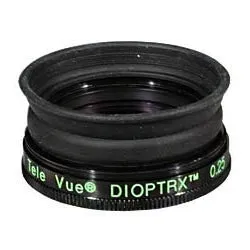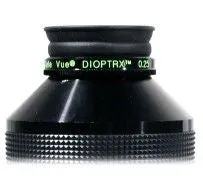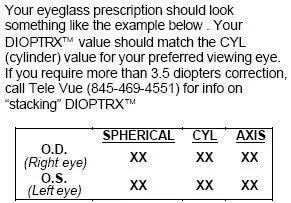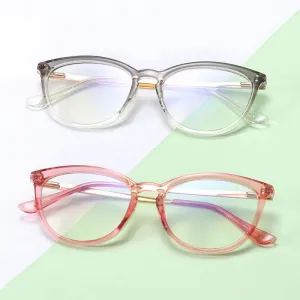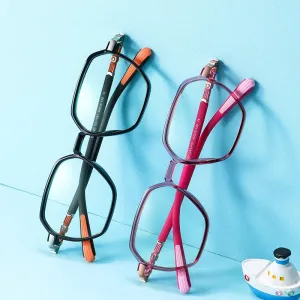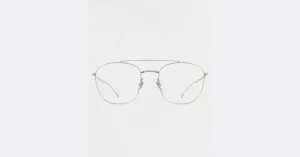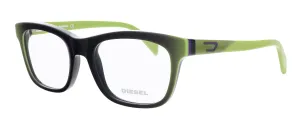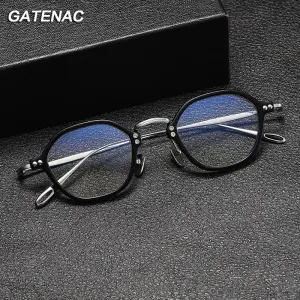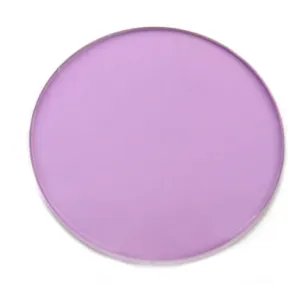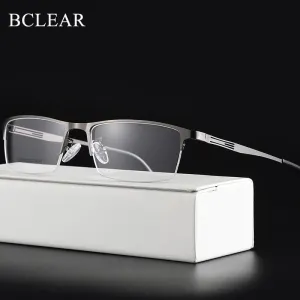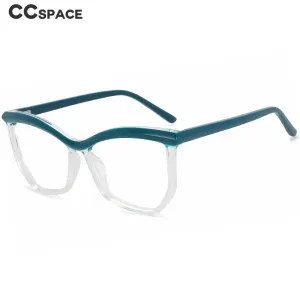Televue Dioptrx Astigmatism Correcting Lens Assembly - 0.50 Diopter
The visual experience in astronomy is maximized by stripping away limitations: the limitations of the observing location (dark skies and steady seeing)... the limitations of the telescope (aperture, field, resolution, and contrast)... the limitations of the eyepiece (field, resolution, and contrast)... and the limitations of our eyesight (e.g. astigmatism). Tele Vue has historically been dedicated to overcoming the first three of these limitations with wide angle, flat field telescopes easily portable for traveling to great observing locations, matching ultra-wide angle eyepieces with full field image quality to generate what we call ƒ???????????spacewalkƒ??????????? viewing, and a variety of long eye relief eyepieces to allow eyeglass wearers to enjoy the maximum visual experience. To overcome the fourth limitation (astigmatism), Tele Vue has developed a corrector which fits directly onto the eyepiece. Just as Dobsonian owners could not fully appreciate the performance of TeleVue eyepieces until installing the Paracorr to compensate for mirror coma, the majority of the population (which has some eyesight limitations due to astigmatism) had no way to correct for this except by wearing eyeglasses. That is until now. Introducingƒ???????????DIOPTRX Astigmatism Correcting Lens Accessory, which extracts the maximum visual performance from matching eyesight to eyepiece. Televue DIOPTRX lenses attach to the top of over 20 long eye-relief Tele Vue eyepieces to compensate for eyesight astigmatism and are available in ????? diopter steps, from ????? diopter up to 2???? diopters. A series of engraved letters on the barrel helps to monitor orientation. All lenses are multi-coated glass in anodized aluminum housings with rubber eye guards. Observers do not need eyeglasses to compensate for near- or far-sightedness, since telescopes can focus out these limitations. Further, other eyeglass characteristics, such as bi-focal, tri-focal, or vari-focal (progressive) designs are severely detrimental when trying to view a large field at infinity. In the past, it was generally recommended getting a special pair of ƒ???????????astronomy-onlyƒ??????????? eyeglasses that only has your astigmatism correction and multi-coatings. However, frame styles may still limit field sizes and be uncomfortable in certain telescope orientations. We suggest reading "Determining When to Use Eyeglasses" found in the Supporting Docs tab to determine at what size exit pupil your astigmatism needs correction, since at higher powers (with their smaller exit pupils) eyeglasses may not be necessary. Note, however, that large exit pupils are typical for viewing with larger aperture instruments, such as Dobsonians, and for wide angle viewing with small refractors. Through experimentation, we have found that 2 diopters of eyesight astigmatism is detectable down to a 1mm exit pupil, and 1 diopter is detectable at a 2mm exit pupil. DIOPTRX lenses, therefore, obviate the need for a dedicated "astronomical eyeglasses" but there are other benefits aside from eliminating frame of comfort problems. The primary benefit is the potential of optimized correction in the amount and orientation of astigmatism for eyesight in astronomical viewing. The ability to compensate for both orientation and astigmatism, as our eyesight changes, is another advantage. Read "Understanding Your Eyeglass Prescription for Astigmatism" by Barry Santini for more detailed information. With multi-coated high quality lenses accurately aligned to the eyepiece, the serious enthusiast now has another tool to maximize the potential in seeing the faintest starts over wide fields, subtlest small planetary details, and the satisfaction of knowing they have the very best visual experience possible with their prized telescopes and eyepieces. The DIOPTRX can be used on these long eye-relief TeleVue eyepieces:
- Plossl - 55, 40, and 32mm
- Radian - 18, 14, 12, 10, 8, 6, 5, 4, 3mm
- Panoptic - 41, 35, 27, 22mm
- Nagler Type 4 - 22, 17, 12mm
- Nagler Type 5 - 31, 26mm
- Ethos - 13mm
- First, look at your eye prescription for any astigmatism in your dominant eye (the one you primarily use for observing).
- Second, note the longer focal length Televue eyepieces that apply and obtain a DIOPTRX lens for that value of astigmatism on the prescription.




